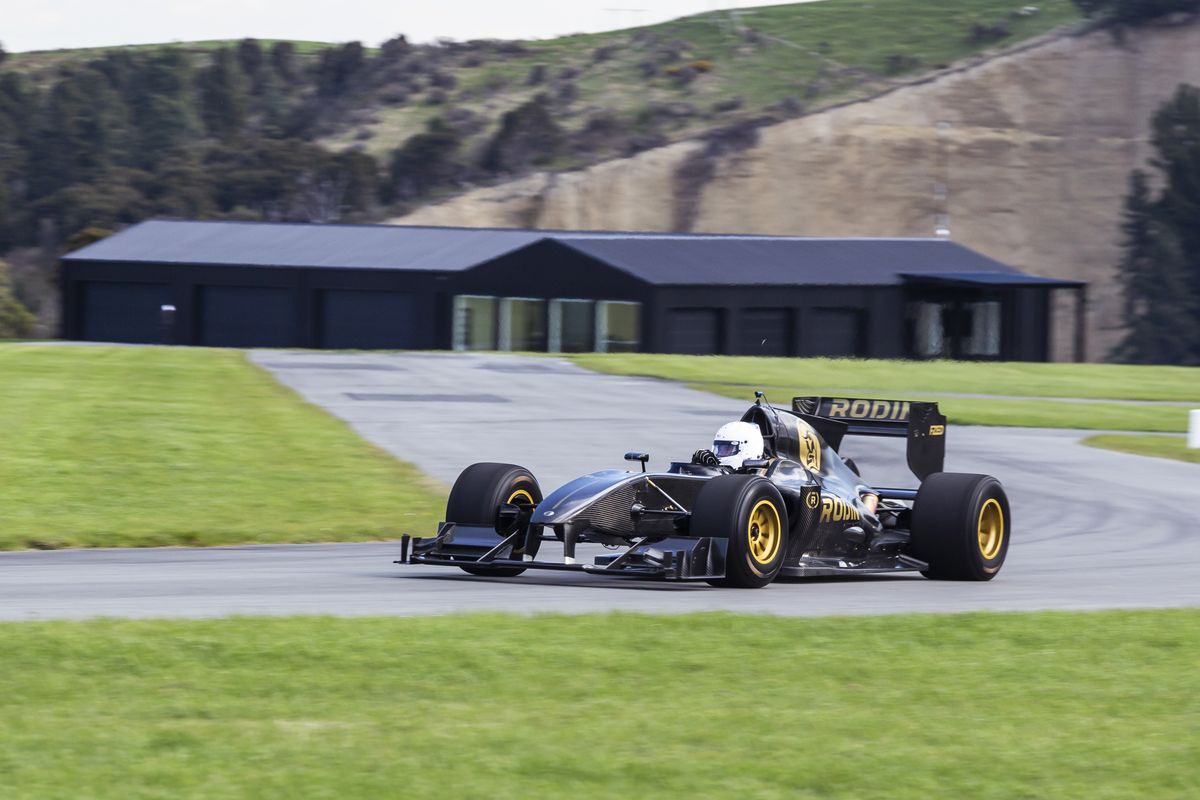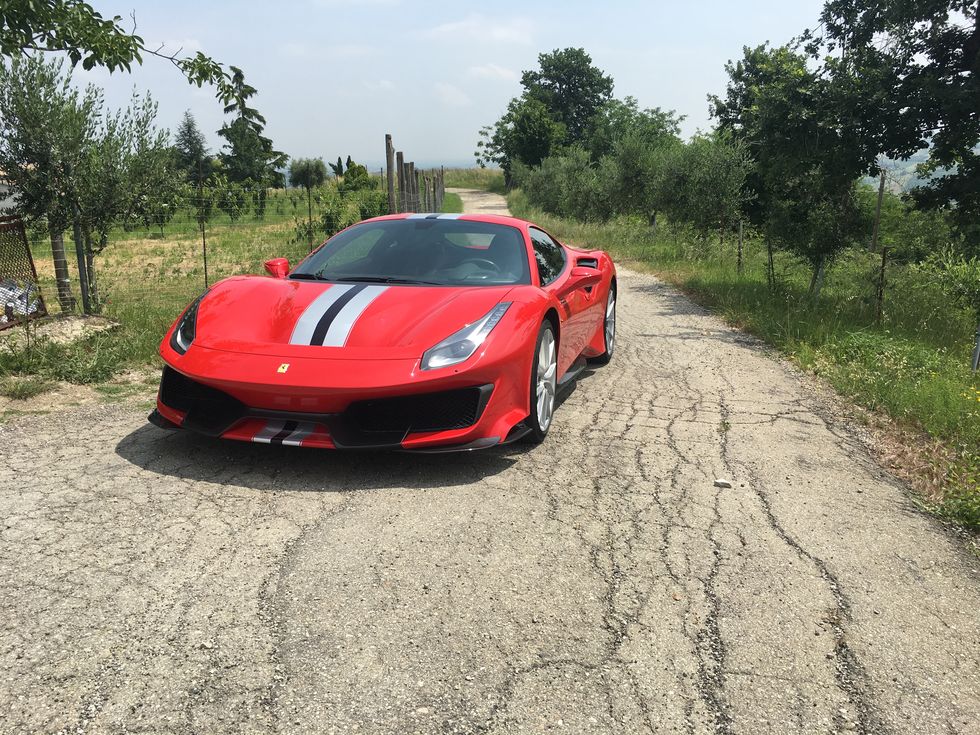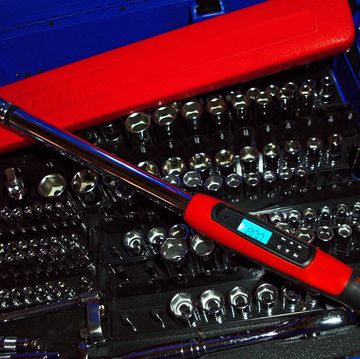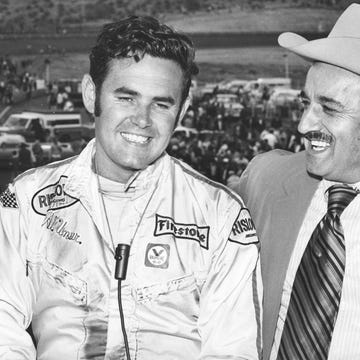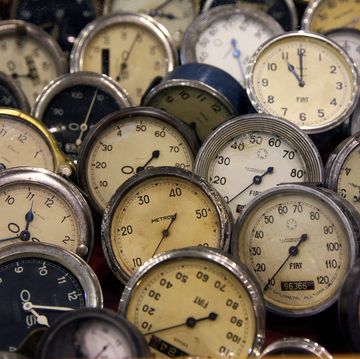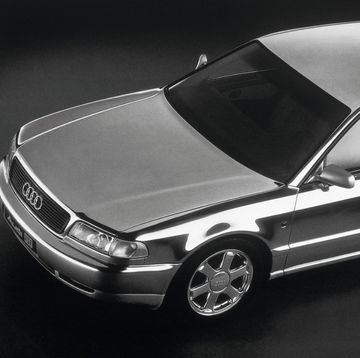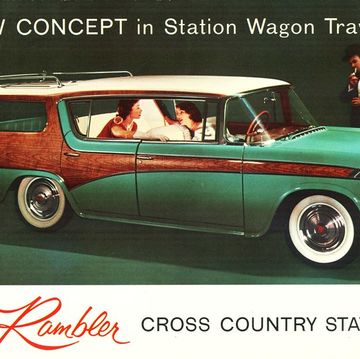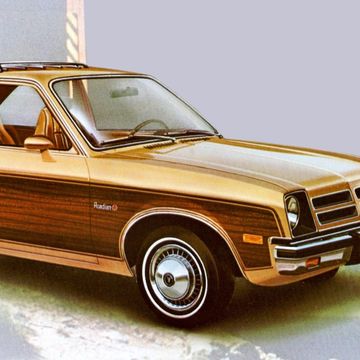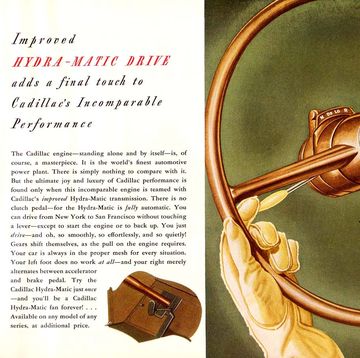The weight-to-power ratio is one of the most important to know among car nerds, especially when you wish to compare one car to another. Calculating and understanding it is simple: You just need to know how much a car weighs and the peak horsepower its powerplant produces. Then you divide its weight by its power and voila! Weight-to-power.
And weight-to-power allows for fun comparisons, too. For example, a Rolls-Royce Cullinan makes use of a turbocharged 6.75-liter V12 to make 563 hp, but because it hauls around over 6,000 pounds, its weight-to-power is actually worse than a 306-hp Honda Civic Type R. The Cullinan carries 10.8 pounds per horsepower, the Civic Type R 10.2.
The much more important number between the two is, of course, weight. And the lighter the better. In fact, Lotus founder Colin Chapman said, "Adding power makes you faster on the straights. Subtracting weight makes you faster everywhere." Unlike power and torque, weight affects every aspect of a car’s performance. The less a car weighs, the better it will handle, ride, transition, brake and accelerate. Furthermore, where the weight is located in the car plays a crucial role in how it performs.
Polar moment of inertia is one of the reasons. It’s the resistance to a body’s changes in motion based on both the total amount and location of its weight. The more weight at the corners, the higher polar moment, the harder it is to change direction. If you want an anecdotal example, take a shopping cart and put 2 gallons of milk in the back near the handle, go down a couple aisles. Now put the 2 gallons in the front corners and try again. Harder, right?
Another one is load transfer. That happens whenever a car accelerates, brakes or turns; it effectively shifts around the center of gravity and applies more “weight” to one part of the car while simultaneously removing it from another. That’s why the eighth-generation Corvette and its engine-equipped midriff can accelerate so much quicker than the seventh generation.
Optimize all those weight-related factors together and you get something like the Rodin FZED—an F1-copycat track car built by New Zealand-based microbuilder Rodin, founded by Australian billionaire David Dicker. The FZED weighs less than 1,350 pounds and keeps as much of it as possible in the center, but more of it rests on the rear axle than the front.
Put it all together and you have a car in the FZED that, despite having 675 hp compared to the Ferrari 488 Pista’s 710, has an incredible weight-to-power ratio of just 2 pounds for every horsepower; the Ferrari’s is 4.3. And it can launch hard, transition from side to side in an instant and generally dominate any track when compared with anything other than an Indy or Formula 1 car.
Power is cool. And more of it is good. But, in cars at least, weight is always the number to watch.

